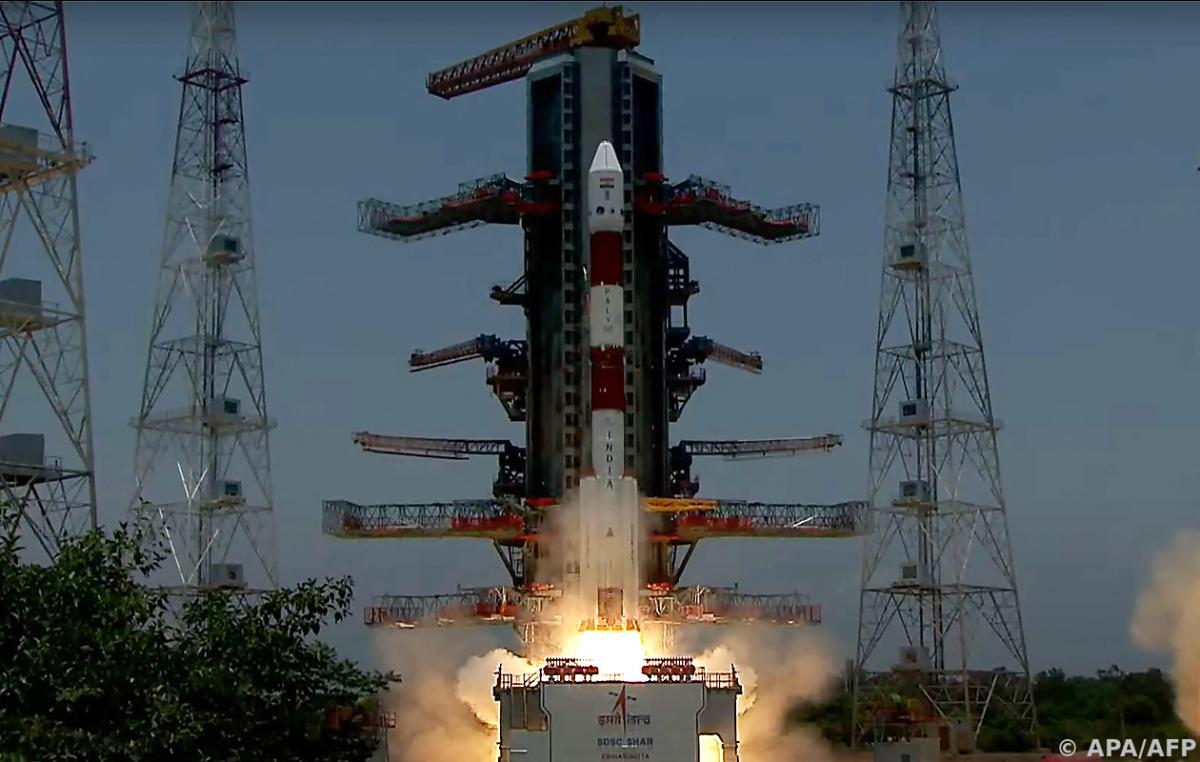The Aditya-L1 mission is named after the Sanskrit word for the sun god Aditya. If you succeed, you should have an uninterrupted view of the sun, i.e. no darkness. Aditya-L1 weighs 1,475 kilograms, which is lighter than the Chandrayaan-3 lunar mission launched by India recently. The rocket will first put it into orbit around the Earth, and then it will move towards the Sun.
The outer layers of the Sun will be analyzed along with the satellite payload. Specifically, solar activities such as wind acceleration and flashing will be examined. The mission is expected to last just over five years. The data on solar phenomena that India wants to collect should help in better understanding the weather on Earth and other planets. In addition, it should help provide better protection for communications satellites and climate around the world, an ISRO spokesperson said.
So far, the United States, China, Europe, and Japan, among others, have studied the sun — alone or on joint missions.

“Food practitioner. Bacon guru. Infuriatingly humble zombie enthusiast. Total student.”








More Stories
Kyiv: Russian Kursk offensive halted
US Presidential Election: Former US Government Officials Warn Against Donald Trump's Election
Netherlands wants to leave asylum system